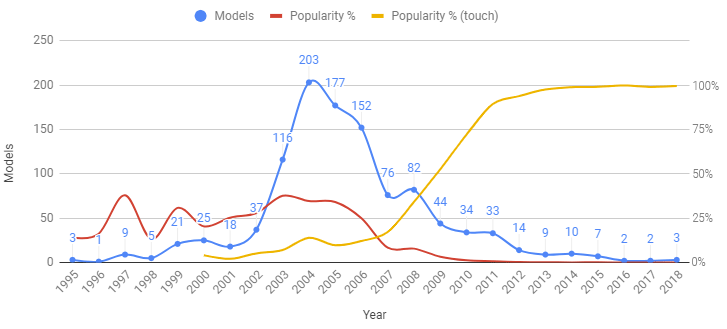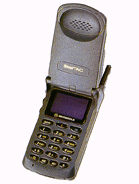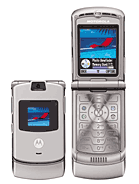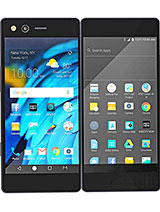The first flip phone dates back to 1996 – the Motorola StarTAC – that’s essentially the Jurassic Period of mobile phones. And at one point the hottest handset in the world was a flip phone (Motorola again with the RAZR V3). And now they are all but gone aside from the occasional featurephone with essentially 2004 hardware and the rare China-only flip smartphone.
What happened? Well, we can tell you right now that the asteroid struck in 2007 – that year saw a precipitous drop in new flip models being introduced but also a major fall in consumer interest.

Let’s rewind. The “clamshell” design makes sense when the user interface is built around a screen-and-keyboard combo. Laptops figured that out long ago – a large screen and large keyboard are great to have but unwieldy to carry around. Fold the whole thing in half, however, and you have a winner (with the extra bonus that screen and keyboard are not safely tucked inside).
As with the sliders the culprit – the proverbial asteroid – once again seems to be the touchscreen phone. The iPhone and company made hardware keyboards obsolete and with that the reason to flip or slide evaporated (you can see it’s the crossover point in popularity).
To be fair, the form factor put up a fight. The Sony Tablet P cleverly tried to use the flip design to add a second screen – a large screen in a small body is what everyone wanted, right? Years later the ZTE Axon M performed the same trick. Neither of these proved particularly successful.
Let’s look at laptops again, why didn’t tablets kill them the same way touch phones killed the flip phone? At a guess, the “gorilla arm” effect makes using the large touchscreen for prolonged periods (e.g. a full work day) impractical (in short, you have to keep your arm extended to use large touchscreens, which is tiring).
That’s why touch-enabled laptops are fairly rare (if you have one when’s the last time you used touch?). Laptops did try the two-screen trick, but that didn’t catch on either.
Phones are small enough that your arm doesn’t get tired, but apparently, people found the mid-screen bezel objectionable enough that dual-screened flip phones never caught on.
What if there’s no bezel splitting the screen? That’s the promise of foldable phones – these flexible screens will let you make the phone as large or as small as you want. They will be the be-all and end-all of smartphone design.
We’ll have to wait and see if the foldable RAZR can avenge its grandfather or if the pesky bar phones will slay it like they did the V3.
Source - GSMARENA





No comments:
Post a Comment